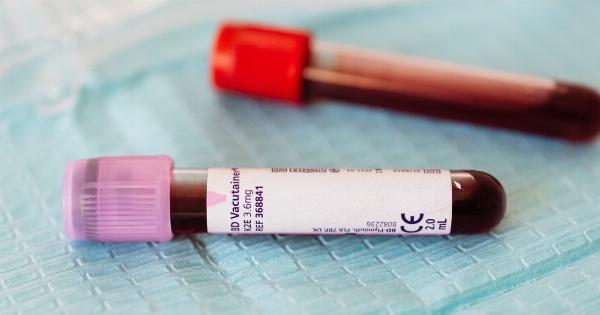Thrombosis, a medical condition characterized by the formation of blood clots within blood vessels, poses a significant health risk.
These blood clots can obstruct blood flow, leading to severe complications such as heart attacks, strokes, and pulmonary embolisms. While thrombosis can occur in any individual, certain factors may increase the risk of developing this condition.
1. Case Study: The Pill and Thrombosis
One of the most well-known and controversial cases involving thrombosis risk is the use of contraceptive pills.
Numerous studies have shown a slightly increased risk of developing blood clots among women who use combined oral contraceptives, especially those containing higher doses of estrogen. The risk is especially high for smokers and women over the age of 35.
2. Case Study: The Factor 5 Leiden Mutation
Another critical case involves the Factor 5 Leiden mutation, a genetic variant that increases the likelihood of developing blood clots.
Individuals with this mutation have a higher risk of developing thrombosis, particularly in situations that provoke blood clot formation, such as surgeries, prolonged immobility, or pregnancy. Early detection of this mutation is crucial for managing its associated risks.
3. Case Study: Travel-Related Thrombosis
Long journeys, especially by plane or car, can increase the risk of thrombosis due to prolonged immobility.
This condition, often referred to as economy class syndrome or travel-related thrombosis, typically affects individuals who are predisposed to blood clots or have specific risk factors such as obesity, advanced age, or a history of previous thrombotic events. Adequate hydration, regular exercise, and wearing compression stockings are essential preventive measures.
4. Case Study: Cancer and Thrombosis
Research has shown a clear link between cancer and the risk of thrombosis. Cancer cells release substances that promote blood clotting, increasing the likelihood of thrombotic events.
Additionally, certain types of cancer treatments, such as chemotherapy, can further heighten this risk. Patients undergoing cancer treatment or individuals with a history of cancer should be closely monitored for signs of thrombosis.
5. Case Study: Inherited Thrombophilia
Inherited thrombophilia refers to a group of genetic conditions that make individuals more prone to developing blood clots. These conditions include deficiencies in antithrombin, protein C, or protein S, among others.
Individuals with inherited thrombophilia have an increased risk of thrombosis, especially in response to triggering events such as surgeries or pregnancy. Timely diagnosis and appropriate management strategies can significantly reduce the risk of complications.
Conclusion
Thrombosis is a serious medical condition with potentially grave consequences. While certain cases may predispose individuals to increased thrombosis risk, it is essential to recognize that it can occur in any person.
This highlights the need for awareness, preventive measures, and timely management to reduce the risk and mitigate potential complications associated with thrombosis.



























